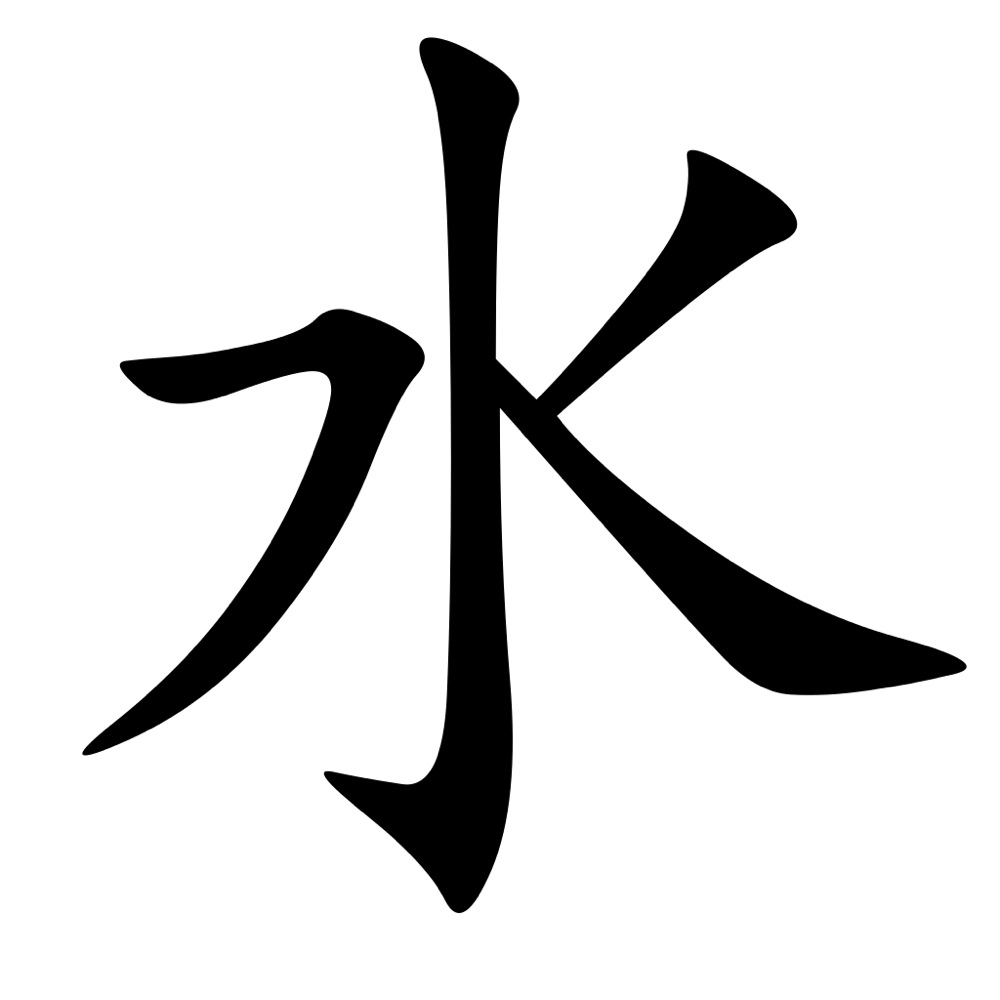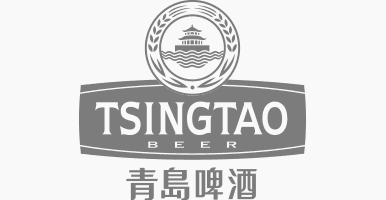Mandarin Chinese is by far the most spoken language in the world; currently around 1 billion people around the globe speak Mandarin, mostly of course in Asia. Surprisingly though, a standardised form of Chinese is spoken in America and in the UK too. This is based on the Beijing dialect (that is, Mandarin) and it is the go-to choice when it comes to communicating within their families.
Moreover, Mandarin is the official language of China and Taiwan, as well as one of the four official languages of Singapore. It is also one of the six official languages of the United Nations – together with Arabic, English, Spanish, Russian and French.
When it comes to Mandarin, it’s is not just about the spoken word of course, but more so about reading and writing. This is because Mandarin, unlike most languages does not use letters and numbers, but characters instead, and each of them represents a monosyllabic word or morpheme.
Han dynasty scholar Xu Shen classified characters into six categories: simple ideographs, compound ideographs, phonetic loans, phonetic compounds, derivative characters and pictographs. Although pictographs make up a very small portion of the total number of characters used (perhaps as little as 5% used), they are in fact the most interesting characters for their look, meaning and their role in the language structure.
 Human, for example is 人 [rén], and the character is in the shape of man standing sideways.
Human, for example is 人 [rén], and the character is in the shape of man standing sideways.
The sun is日 [rì] and its ancient written form is like a sun in the sky. This shape then became a square (the sky) with a cut in the middle (the sun). In modern Mandarin it doesn’t stand alone, but it’s often used for words that have a relationship with the sun, or the day. Examples are 生日 (birthday), 日记 (diary) and日历 (calendar). It’s easy to recognize these words and guess their meaning.
水 [shuǐ] is water and the character looks like running water with waves.
We are not saying that Mandarin is an easy language to master, we just believe that opening our eyes when studying it makes it way more interesting and manageable.
The good news is that a well-educated Chinese reader today recognizes approximately 4,000 to 6,000 characters; but you’ll only need approximately 3,000 to read a Mainland newspaper. And by now you already know 人, 日and 水.




